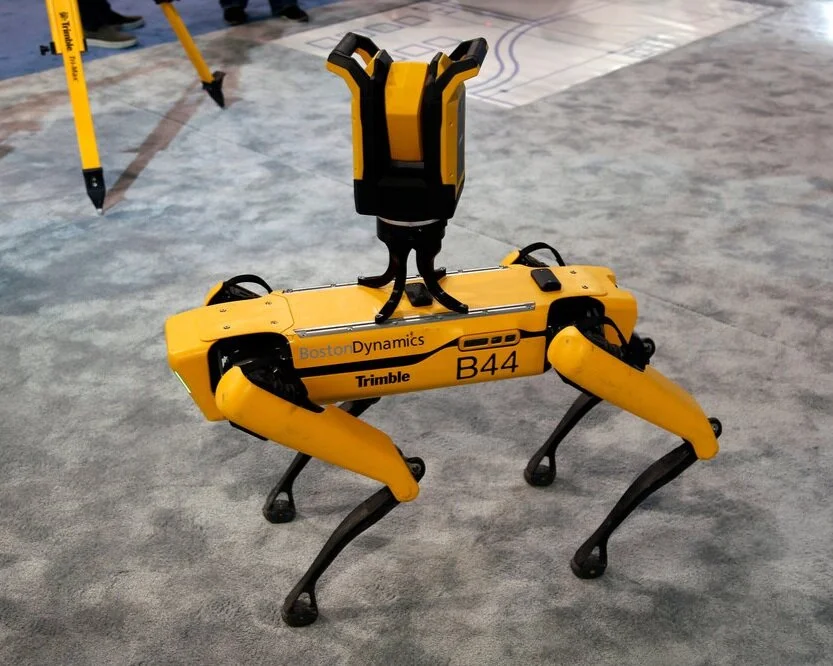Hyperloop: Will the U.S, Dutch, Spanish, or Asia Arrive First?
/EUROPEAN UNION - What is the Hyperloop? It’s not a new app for your mobile phone or a new video-game despite its futuristic sound. Its a newly proposed transportation system that uses magnetic levitation (or a “hotbed of air”), to propel a pod or proposed cargo, via a series of sealed tubes with low air pressure and reduced friction. This sealed environment essentially simulates a total vacuum, conditions similar to space, which allows cargo to travel at hyper-sonic speeds, bypassing traffic and congestion while covering much further distances in far, far less time.
While based on an informal proposal uploaded online by Tesla’s CEO Elon Musk back in August 2013, the general idea itself dates back to the 1800s. Pneumatic tubes, the smaller ancestor to the proposed hyperloop tunnels, were still being used to transport mail and telegrams. Inevitably, however, the idea of scaling it up to accommodate bigger cargo, perhaps even living people, became both potentially economically lucrative, yet technologically infeasible for the time.
The dream may finally become a reality, based upon recent significant funding shifts and the progress of construction abroad in Europe. Recently, a Dutch study has claimed that the Hyperloop transport system could be a viable means of replacing the use of short-term flights altogether. The study, which was headed the European airport company Royal Schiphol Group and Hardt Hyperloop, posited that pods carrying passengers through this transport system would be a low-carbon option compared to short-haul flights.
However, with speeds approaching 700 m.p.h., it would be reasonable to expect more than just tubes to be built; while revolutionary, the technology must be thoroughly tested beforehand. Hardt Hyperloop, located in the Netherlands, is notable for also being the first company in Europe to establish a full-scale testing facility for the transportation system itself.
Unique to Hardt Hyperloop’s approach is the concept of a hyperloop switch, which would allow vehicles using the hyperloop to pass one another similar to trains, but one in a network of tubes spanning across vast distances and various cities. Areas such as the province of North Holland also tout hyperloop’s safety versus consumer vehicle use and the beneficial environmental impact of reducing everyday traffic.
Zeleros, a Spain based company also developing their version of the hyperloop, also recently raised 7 million euros and is now in the funding lead for the European Union. The company proclaims that its novel approach to mass transportation is bleeding edge because of its design. The majority of the technology required resides inside of the vehicle itself. Because of this design, the cost for infrastructure such as rail, etc. will be significantly reduced, resulting in a lower price of services as calculated per kilometer.
Zeleros also posits that their hyperloop reduces greenhouse emissions by 7m tonnes per annum, allowing the technology to play an essential part in the battle against climate change. The company is currently looking at testing a 3km track in at the European Hyperloop Development Centre in Spain as a proof of concept for the technology. The companies CEO, Tim Houter, also made comments regarding the increasing viability of the hyperloop projects across Europe as being bolstered by the European Green Deal.
Elsewhere in Asia, however, there are also murmurs of activity with the Virgin Hyperloop One project: connecting Mumbai and Pune in under 20 minutes, at a speed of 1000 km (or 621 miles) a second might be an economic advantage to the region. Of note is the suggestion that the hyperloop itself could in-fact be solar-powered, further making it transportation apart from the past, and one more suited for a future more focused on climate change and hand-wringing over carbon production.
With multiple countries participating and competing for their role in the construction of the hyperloop, the result may very well end up being the sum of many countries working together for a common goal. In all of this, however, one major disadvantage of the hyperloop despite its highly coordinated efforts is the number of resources required to implement this futuristic transportation system. Also, as with other renewable energy technologies, there is a small but vocal group of detractors. All in all, it seems that in addition to new technological and funding capabilities, the environmental prospects for climate change in the 21st century seem to be giving the Hyperloop transportation project the boost that it needs to arrive sooner, rather than later, into the future.












